Home>Gardening & Outdoor>Landscaping Ideas>How To Make 3D Grass
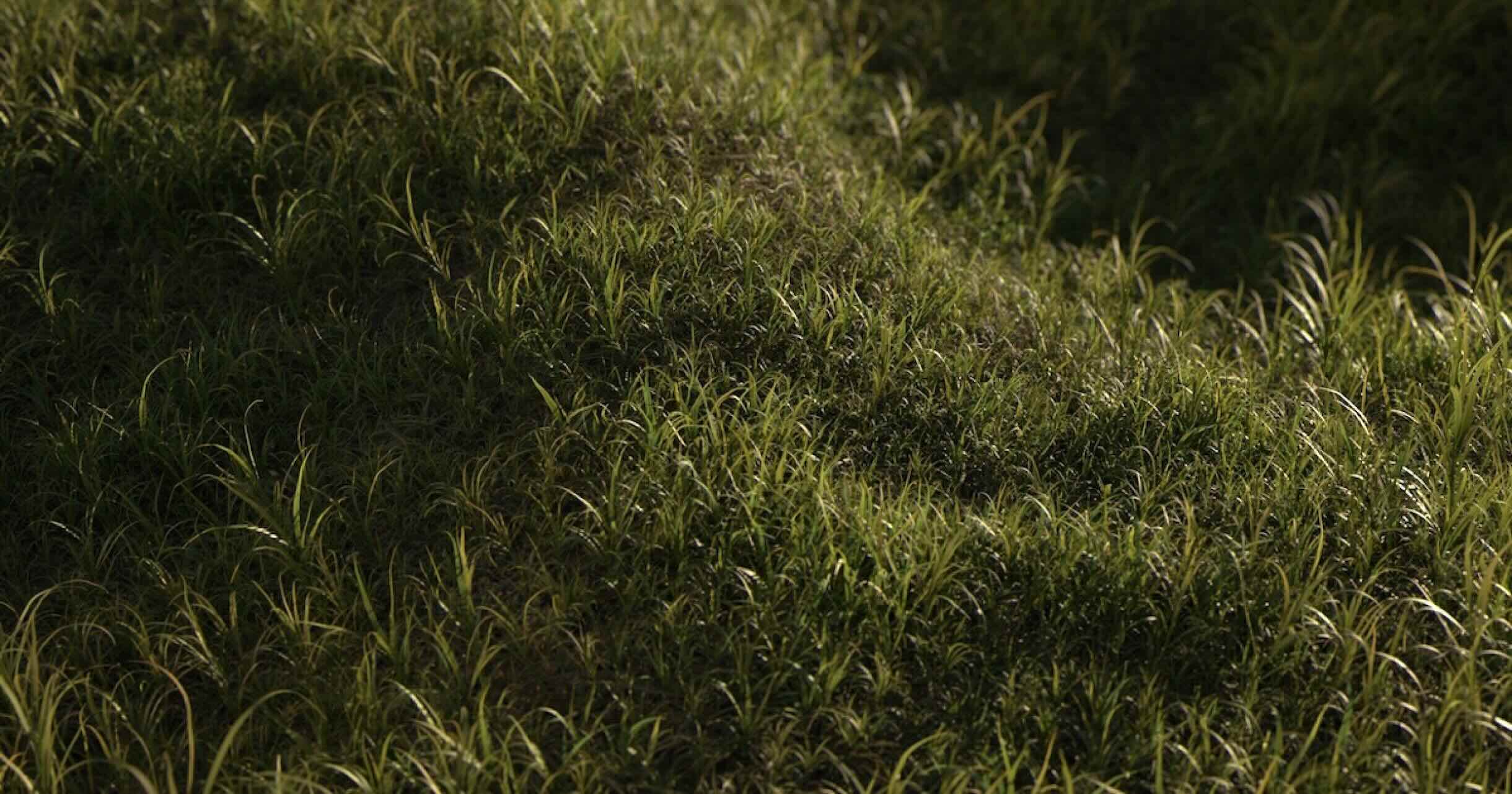

Landscaping Ideas
How To Make 3D Grass
Modified: February 18, 2024
Learn how to create stunning 3D grass for your landscaping ideas. Get step-by-step instructions and tips for realistic and beautiful results. Start your landscaping project today!
(Many of the links in this article redirect to a specific reviewed product. Your purchase of these products through affiliate links helps to generate commission for Storables.com, at no extra cost. Learn more)
Introduction
Are you looking to bring your landscaping projects to life with stunning, lifelike 3D grass? Whether you're a professional landscape designer or a passionate hobbyist, creating realistic 3D grass can elevate your designs to new heights. Imagine lush, vibrant grass swaying gently in the virtual breeze, adding depth and texture to your outdoor scenes. In this comprehensive guide, we'll explore the fascinating world of 3D grass and learn how to craft it with precision and artistry.
Creating 3D grass is an essential skill for anyone working in the fields of architecture, gaming, animation, or virtual reality. It's the key to constructing immersive environments that draw viewers in and evoke a sense of realism. With the right techniques and tools at your disposal, you can master the art of crafting 3D grass that looks so authentic, you'll almost feel the urge to kick off your shoes and walk through it.
In this article, we'll delve into the intricacies of 3D grass, uncover the tools and software required for the task, and walk through the process of creating and enhancing lifelike grass in your virtual landscapes. By the end of our journey, you'll be equipped with the knowledge and skills to breathe life into your 3D scenes with captivating, true-to-life grass that beckons viewers to explore and immerse themselves in your creations. So, let's roll up our sleeves and embark on this exciting adventure into the realm of 3D grass!
Key Takeaways:
- Creating lifelike 3D grass is crucial for immersive digital landscapes. Understanding its role, using specialized software, and adding detail can bring virtual environments to life with stunning realism.
- By sculpting terrain, applying textures, and simulating natural interactions, 3D grass becomes visually captivating and dynamically realistic. This art form empowers creators to craft enchanting virtual worlds.
Read more: How To Make 3D Printer Faster
Understanding 3D Grass
Before diving into the process of creating 3D grass, it’s crucial to understand the role it plays in digital landscapes. 3D grass serves as a foundational element, providing depth, texture, and a sense of realism to outdoor scenes. Whether you’re designing a sprawling garden, a picturesque park, or a vast natural landscape, lifelike grass is essential for capturing the essence of the outdoors in a virtual environment.
When crafting 3D grass, it’s important to consider factors such as color variation, density, length, and movement. These elements collectively contribute to the overall authenticity of the grass and its ability to seamlessly blend into the surrounding environment. Additionally, understanding the interplay between light and shadow on grass blades is crucial for achieving a convincing and immersive result.
Another aspect to consider is the behavior of 3D grass in different weather conditions. Realistic grass should respond dynamically to environmental factors such as wind, rain, and sunlight, adding a layer of dynamism to the virtual landscape. By simulating these natural interactions, you can elevate the visual impact of your 3D scenes and evoke a sense of presence within the viewer.
Furthermore, the scale of the landscape and the perspective from which it will be viewed are essential considerations when creating 3D grass. Whether your scene is a sweeping aerial view or an up-close exploration, the grass should maintain its realism and visual appeal from all angles. Understanding these nuances allows you to tailor the grass to suit the specific requirements of your project, ensuring a harmonious integration with the overall design.
By comprehending the significance of 3D grass in digital environments and acknowledging the intricate details that contribute to its realism, you’ll be well-prepared to embark on the journey of creating captivating, lifelike grass for your 3D landscapes.
Tools and Software Required
Embarking on the creation of 3D grass requires the use of specialized tools and software to achieve optimal results. From modeling and texturing to rendering and animation, a combination of versatile applications and resources is essential for bringing virtual grass to life.
3D Modeling Software: A robust 3D modeling software forms the foundation for creating 3D grass. Programs such as Blender, Autodesk 3ds Max, and Cinema 4D provide powerful tools for sculpting and shaping the landscape, allowing you to define the contours and topography of the terrain where the grass will thrive.
Vegetation Generation Software: Dedicated vegetation generation software, such as SpeedTree and Xfrog, offers specialized tools for generating realistic foliage, including grass, trees, and plants. These applications streamline the process of populating your landscapes with diverse and lifelike vegetation, including customizable grass species tailored to your project’s specific requirements.
Texture Libraries: Access to high-quality texture libraries is indispensable for creating realistic grass materials. Platforms like Quixel Megascans and Poliigon provide an extensive range of meticulously crafted textures, including grass blades, soil, and ground cover, enabling you to add intricate detail and variation to your 3D grass.
Rendering Engines: Rendering engines such as V-Ray, Arnold, and Corona Renderer are essential for producing lifelike visualizations of your 3D landscapes. These powerful tools simulate lighting, shadows, and atmospheric effects, enhancing the realism of the grass and its integration into the overall scene.
Animation Software: If your project involves dynamic environments with moving grass, animation software like Autodesk Maya or Houdini can be utilized to imbue the grass with natural movement, such as swaying in the wind or reacting to external forces, further enriching the immersive qualities of the virtual landscape.
By leveraging these tools and software, you’ll have the necessary resources to sculpt, populate, texture, and animate lifelike 3D grass, empowering you to create captivating and visually stunning outdoor environments in the digital realm.
Use a variety of green shades to create depth in your 3D grass. Start with a dark base layer and gradually add lighter shades on top. Vary the length and direction of the grass strands for a realistic look.
Creating 3D Grass
Now that we’ve explored the foundational aspects of 3D grass and identified the essential tools and software, let’s delve into the process of bringing virtual grass to life. The creation of 3D grass involves a series of meticulous steps, from sculpting the terrain to texturing and populating it with vibrant, lifelike grass.
Terrain Sculpting: Begin by sculpting the terrain using 3D modeling software. Define the contours and topography of the landscape, considering factors such as elevation, slopes, and natural features where grass would naturally thrive.
Grass Distribution: Utilize vegetation generation software to populate the terrain with grass. Adjust the density and distribution of the grass, taking into account variations in growth patterns and clusters to create a natural and organic appearance.
Texture Application: Apply high-quality grass textures from texture libraries to the grass blades. Ensure that the textures capture the intricacies of grass blades, including color variations, translucency, and surface details, to achieve a lifelike and visually compelling result.
Material Refinement: Fine-tune the grass materials to simulate realistic interactions with light and shadow. Adjust parameters such as specularity, roughness, and translucency to mimic the behavior of natural grass under different lighting conditions.
Dynamic Elements: If your project requires dynamic grass movement, utilize animation software to imbue the grass with natural swaying or responsive behavior to environmental factors such as wind and rain. This adds a layer of dynamism and realism to the virtual landscape.
Throughout the creation process, it’s essential to maintain a balance between visual appeal and performance optimization. Consider the impact of the grass on the overall scene and ensure that it complements the surrounding environment without overwhelming system resources.
By meticulously following these steps and leveraging the capabilities of advanced software and tools, you can bring 3D grass to life with stunning realism, adding depth, texture, and immersive qualities to your digital landscapes.
Adding Detail and Realism
While the creation of 3D grass lays the foundation for lifelike landscapes, adding intricate detail and realism is essential to elevate the visual impact of the grass and its seamless integration into the overall scene. By focusing on nuanced elements and environmental interactions, you can breathe unparalleled realism into your virtual grass, captivating viewers and evoking a sense of immersion.
Color Variation: Introduce subtle variations in the color of grass blades to mimic natural growth patterns and environmental influences. Incorporating tones of green, yellow, and brown adds depth and visual interest, contributing to a more authentic portrayal of grass in different settings.
Translucency and Light Interaction: Simulate the translucency of grass blades to capture the interplay of light and shadow. Adjust the material properties to allow light to penetrate the grass, creating a delicate, ethereal quality that mirrors the behavior of real grass in natural lighting conditions.
Wind Animation: If your project calls for dynamic grass movement, implement wind animation to infuse the grass with natural swaying and rustling. Consider the direction and intensity of the wind to ensure that the grass responds realistically, adding a dynamic and captivating element to the virtual landscape.
Environmental Interaction: Emulate the interaction of grass with environmental elements such as rain and sunlight. Incorporate subtle effects such as raindrops on grass blades or the casting of shadows, enhancing the realism and visual appeal of the grass within the digital environment.
Microscopic Detail: Zoom in on the microscopic details of grass blades, capturing fine textures, imperfections, and individual characteristics. By meticulously rendering these minute elements, you can imbue the grass with an unparalleled level of detail that resonates with viewers on a visceral level.
By focusing on these nuanced aspects and leveraging the capabilities of advanced software, you can enrich your 3D grass with unparalleled detail and realism, creating a visual masterpiece that transports viewers into a captivating world of lifelike landscapes.
Read more: How To Draw A 3D Garden Design
Conclusion
As we conclude our journey into the realm of 3D grass, we’ve uncovered the essential elements and techniques for creating captivating and lifelike grass in virtual landscapes. From understanding the significance of 3D grass to harnessing specialized tools and software, we’ve embarked on a comprehensive exploration of this fundamental aspect of digital environment design.
3D grass serves as the bedrock of immersive outdoor scenes, enriching virtual environments with depth, texture, and a sense of realism. By sculpting the terrain, applying high-quality textures, and infusing the grass with dynamic elements, you can breathe life into your digital landscapes, captivating viewers and evoking a profound sense of presence within the virtual world.
The meticulous attention to detail, from color variation to translucency and environmental interactions, empowers you to create grass that not only looks visually stunning but also behaves authentically, responding to natural forces and environmental influences with grace and realism.
As technology continues to advance, the capabilities for creating lifelike 3D grass are evolving, offering unprecedented opportunities for designers, artists, and creators to push the boundaries of visual storytelling and immersive experiences. Whether you’re crafting expansive natural landscapes, enchanting gardens, or dynamic outdoor environments, the art of creating 3D grass enables you to transport viewers into captivating worlds that blur the line between reality and imagination.
Armed with the knowledge and techniques shared in this guide, you’re poised to embark on your own creative endeavors, infusing your digital landscapes with vibrant, lifelike grass that beckons viewers to explore, experience, and immerse themselves in the beauty of your creations.
So, as you venture forth into the realm of 3D grass, may your landscapes flourish with the lush vibrancy and captivating realism that only lifelike grass can bestow, inviting audiences to wander through the virtual meadows and savor the breathtaking beauty of your meticulously crafted 3D environments.
Frequently Asked Questions about How To Make 3D Grass
Was this page helpful?
At Storables.com, we guarantee accurate and reliable information. Our content, validated by Expert Board Contributors, is crafted following stringent Editorial Policies. We're committed to providing you with well-researched, expert-backed insights for all your informational needs.
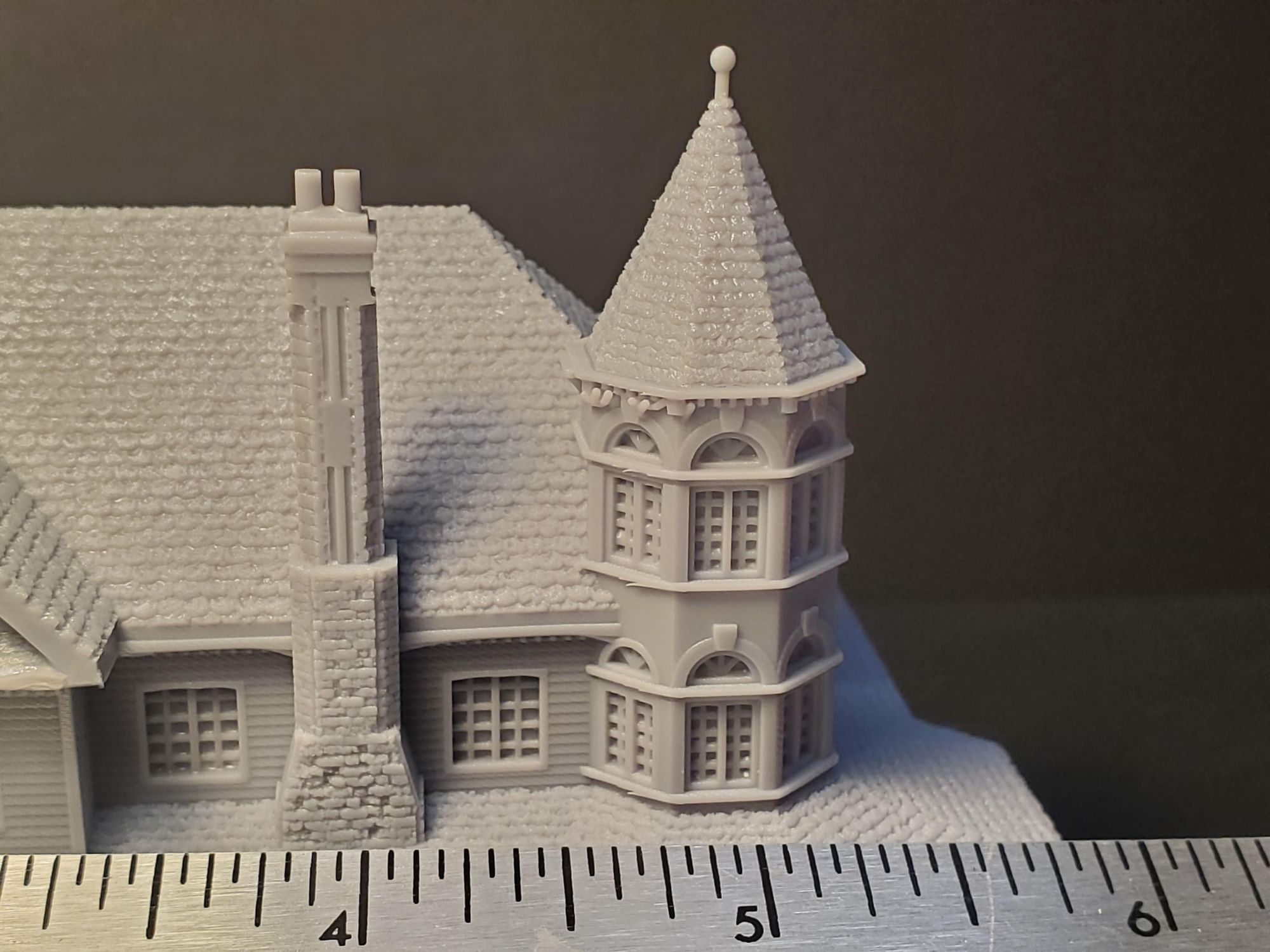
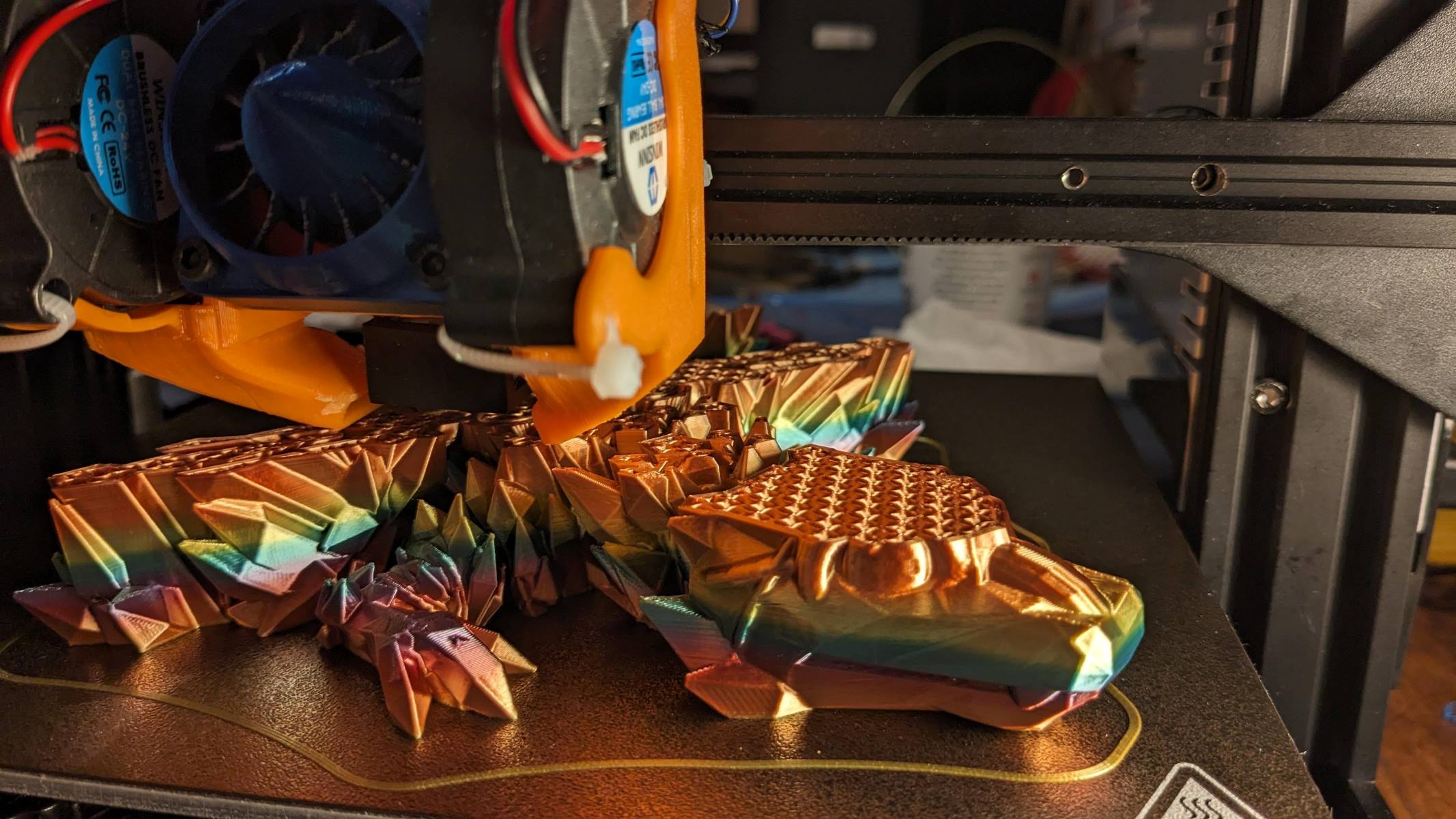
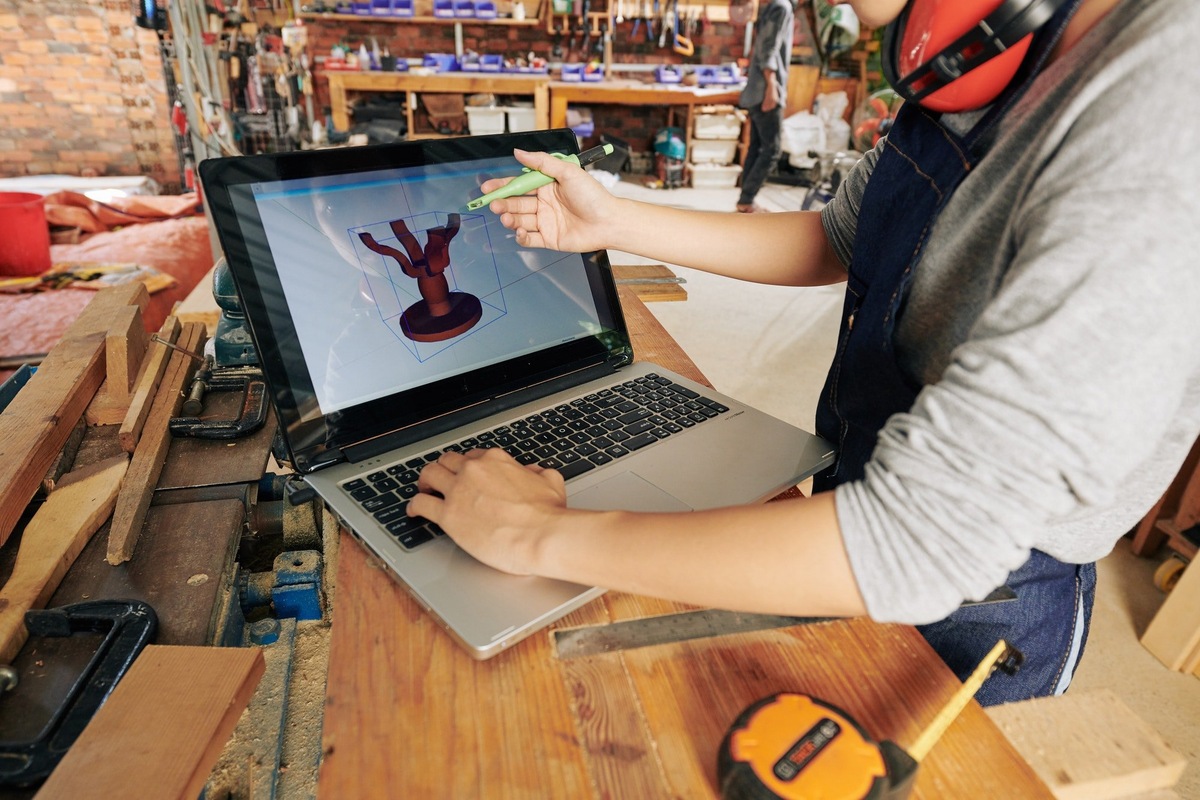
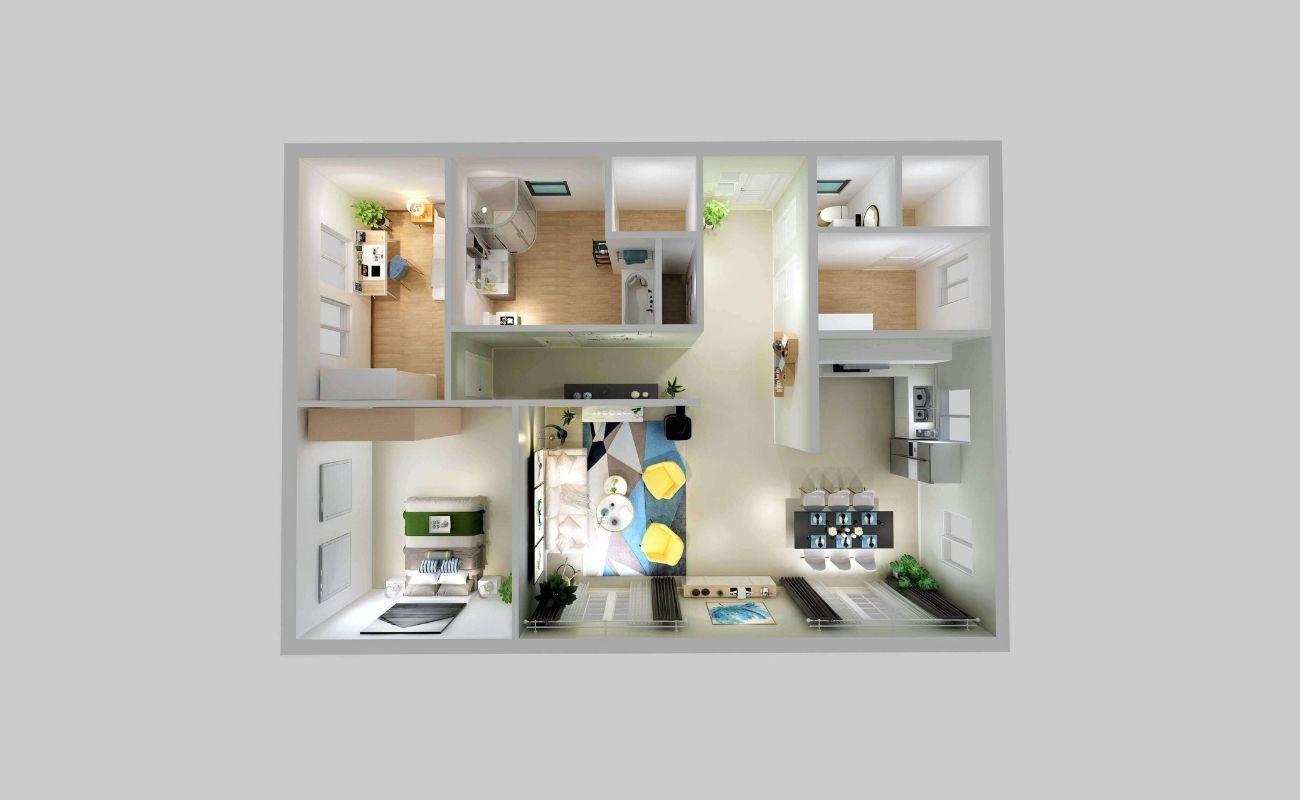

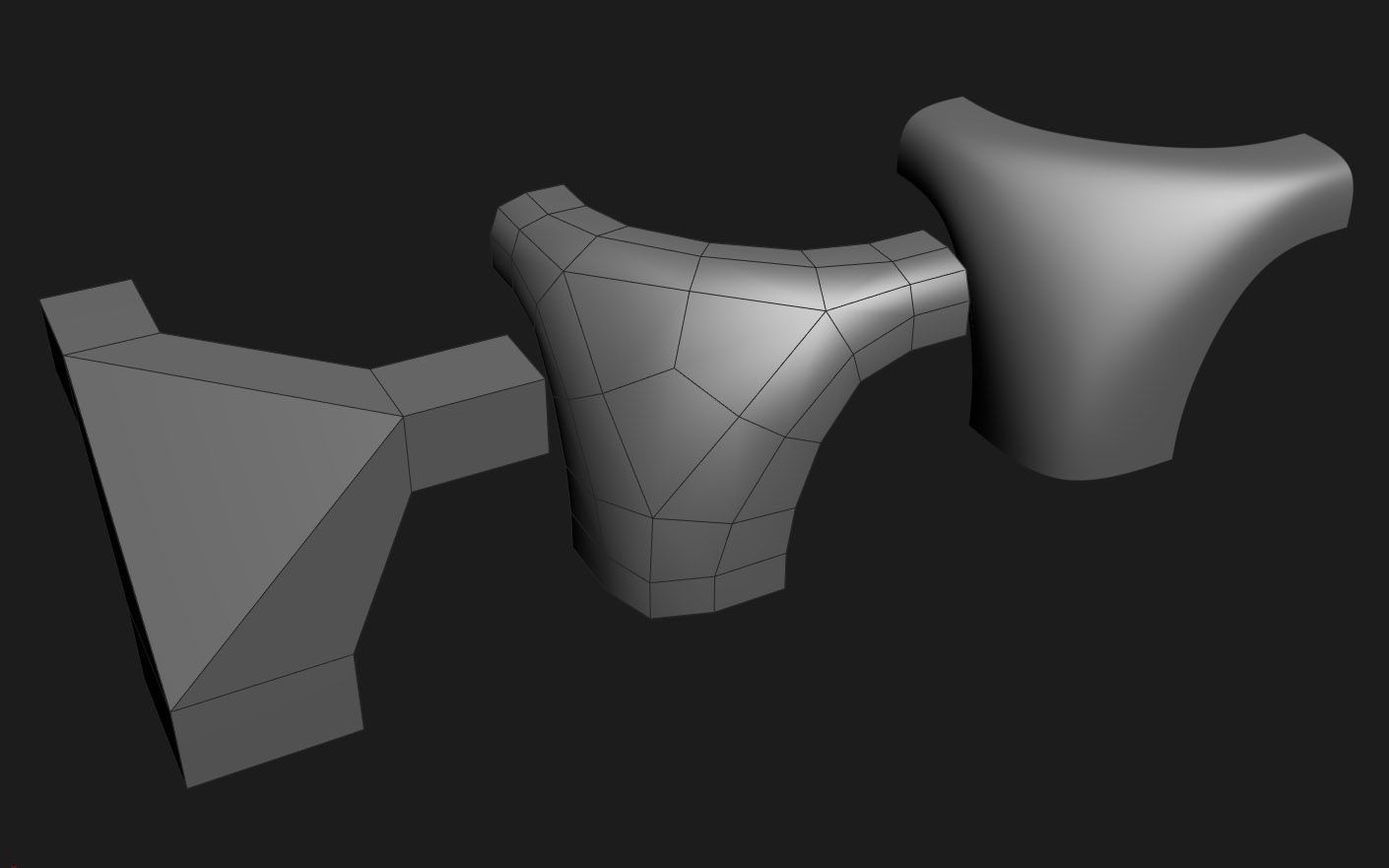
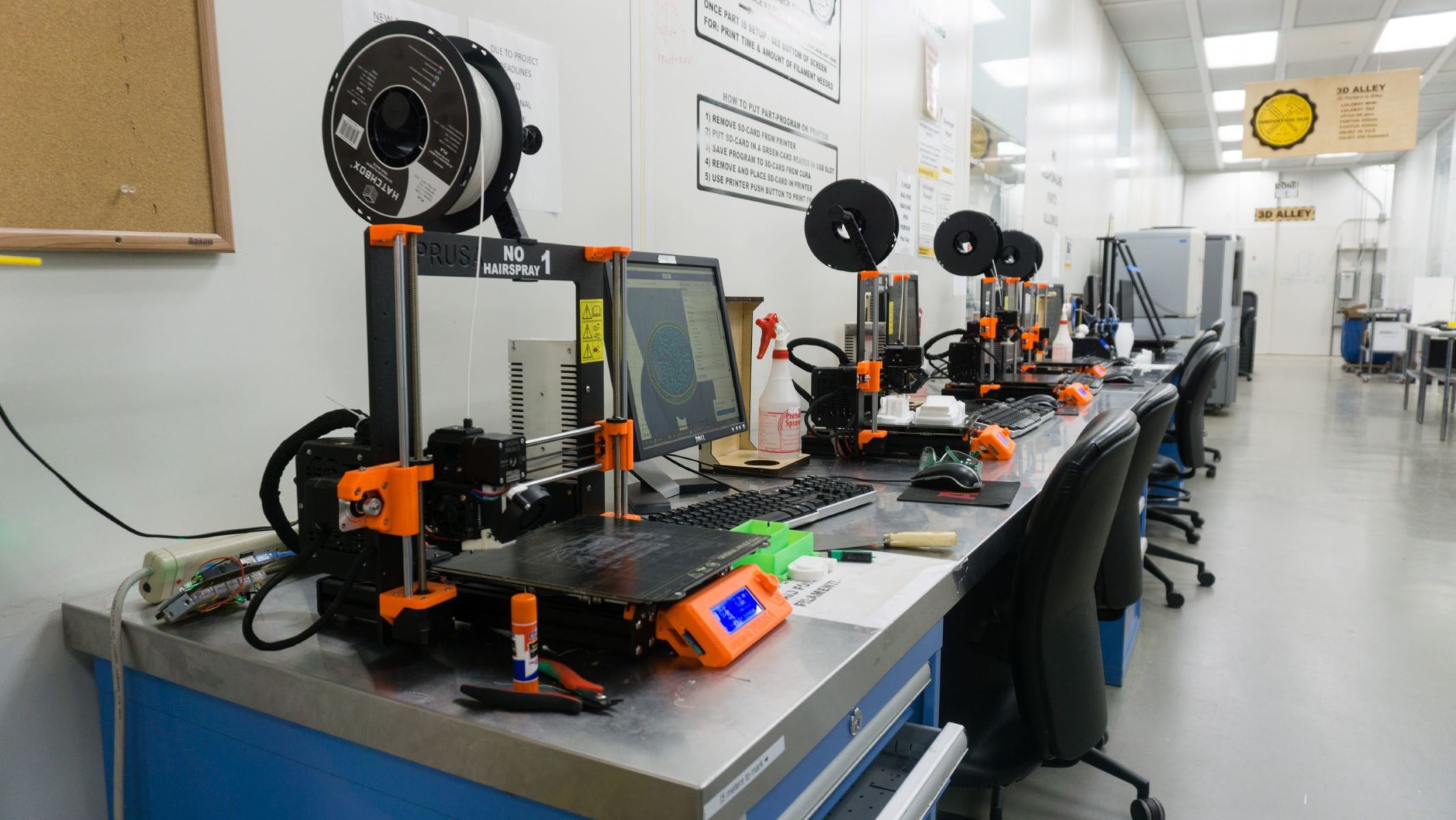
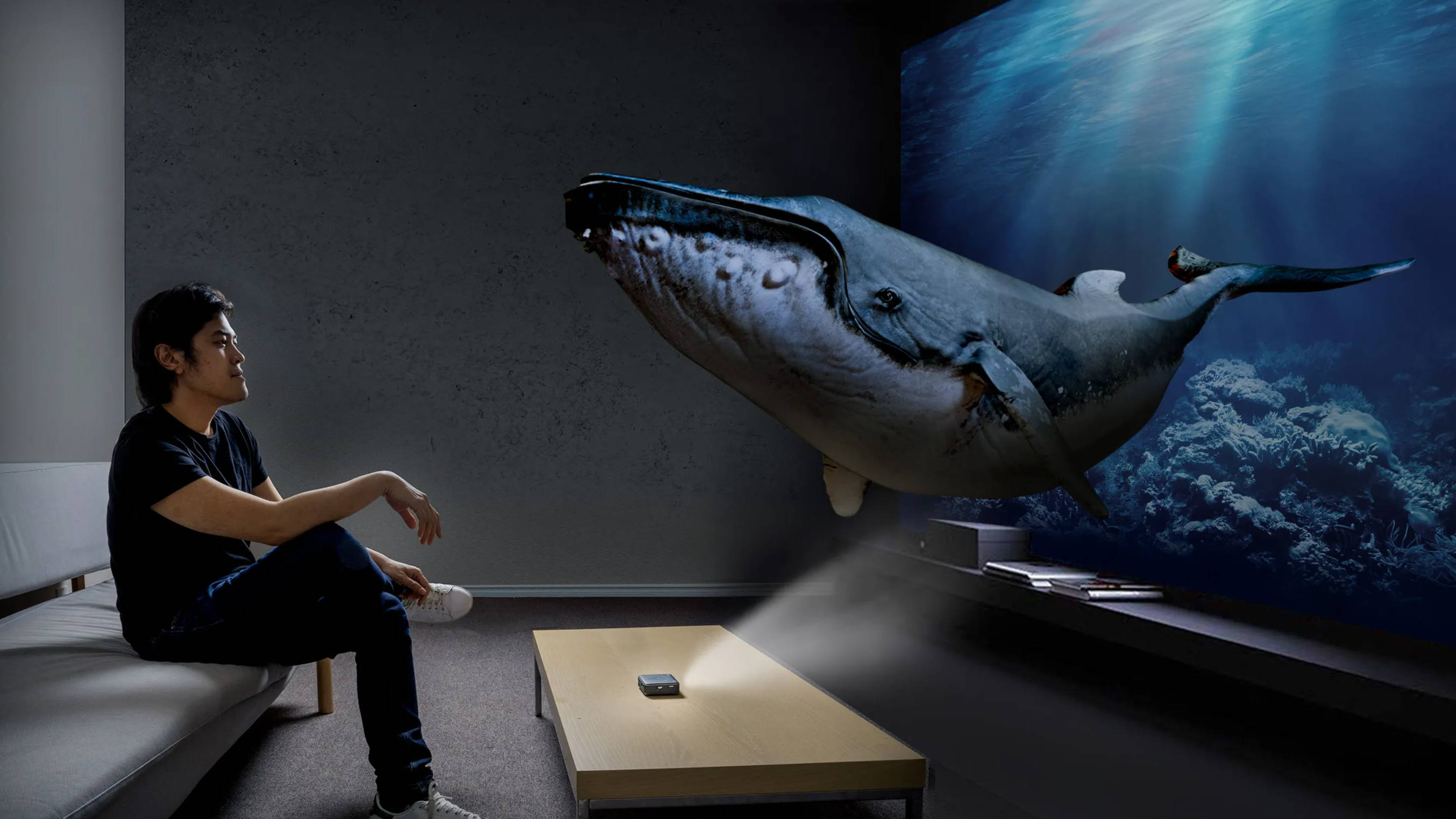
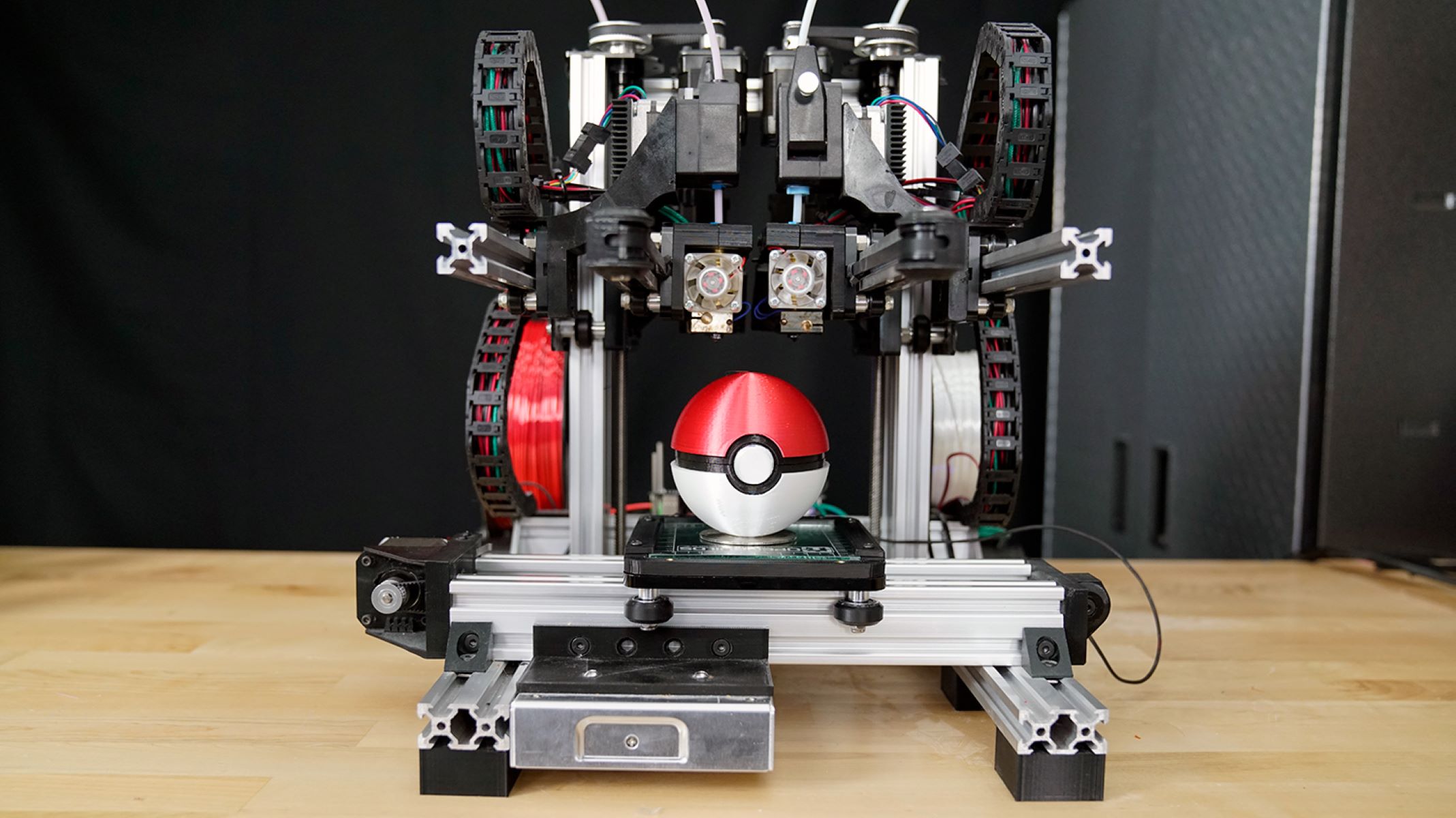
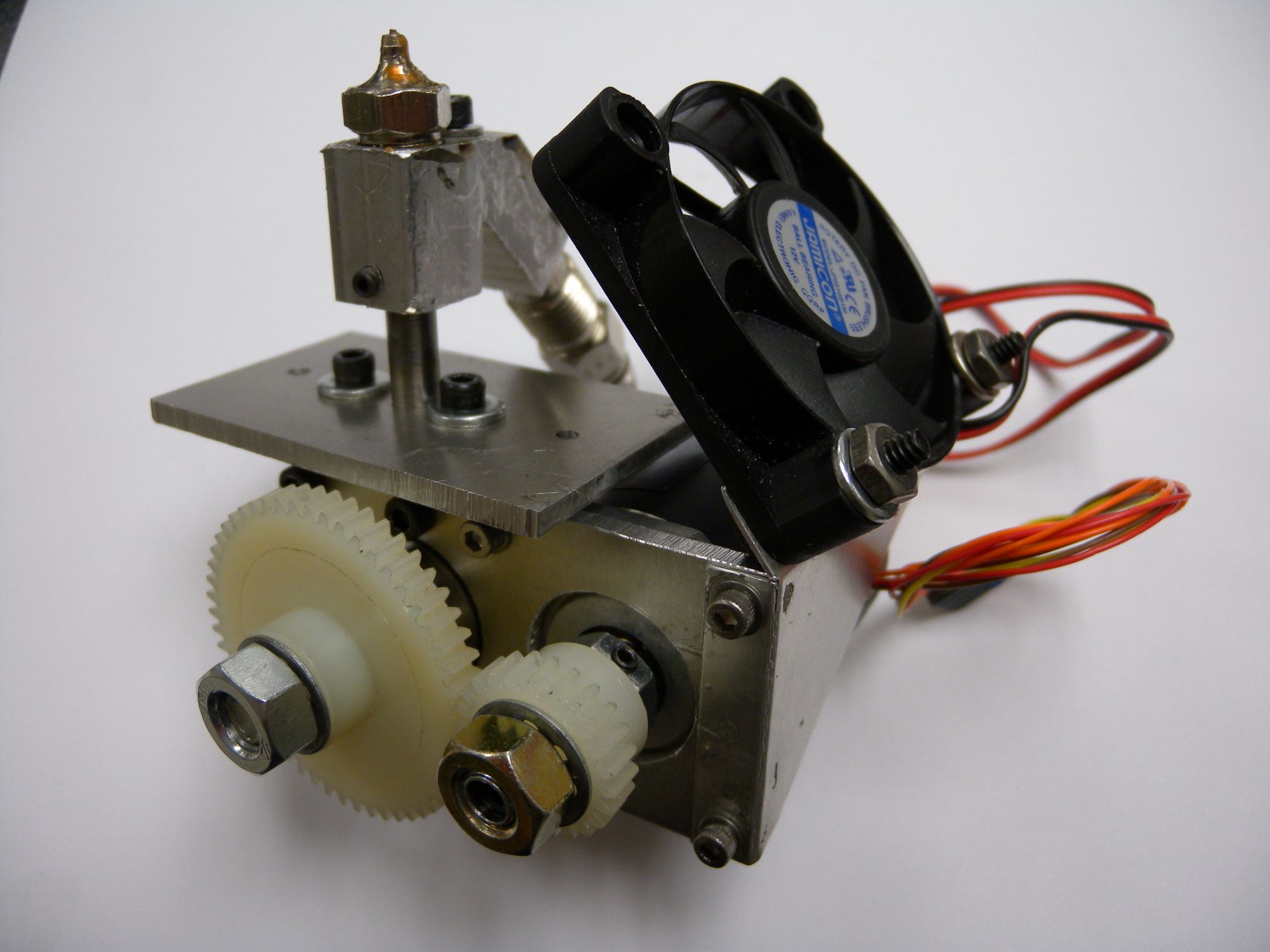

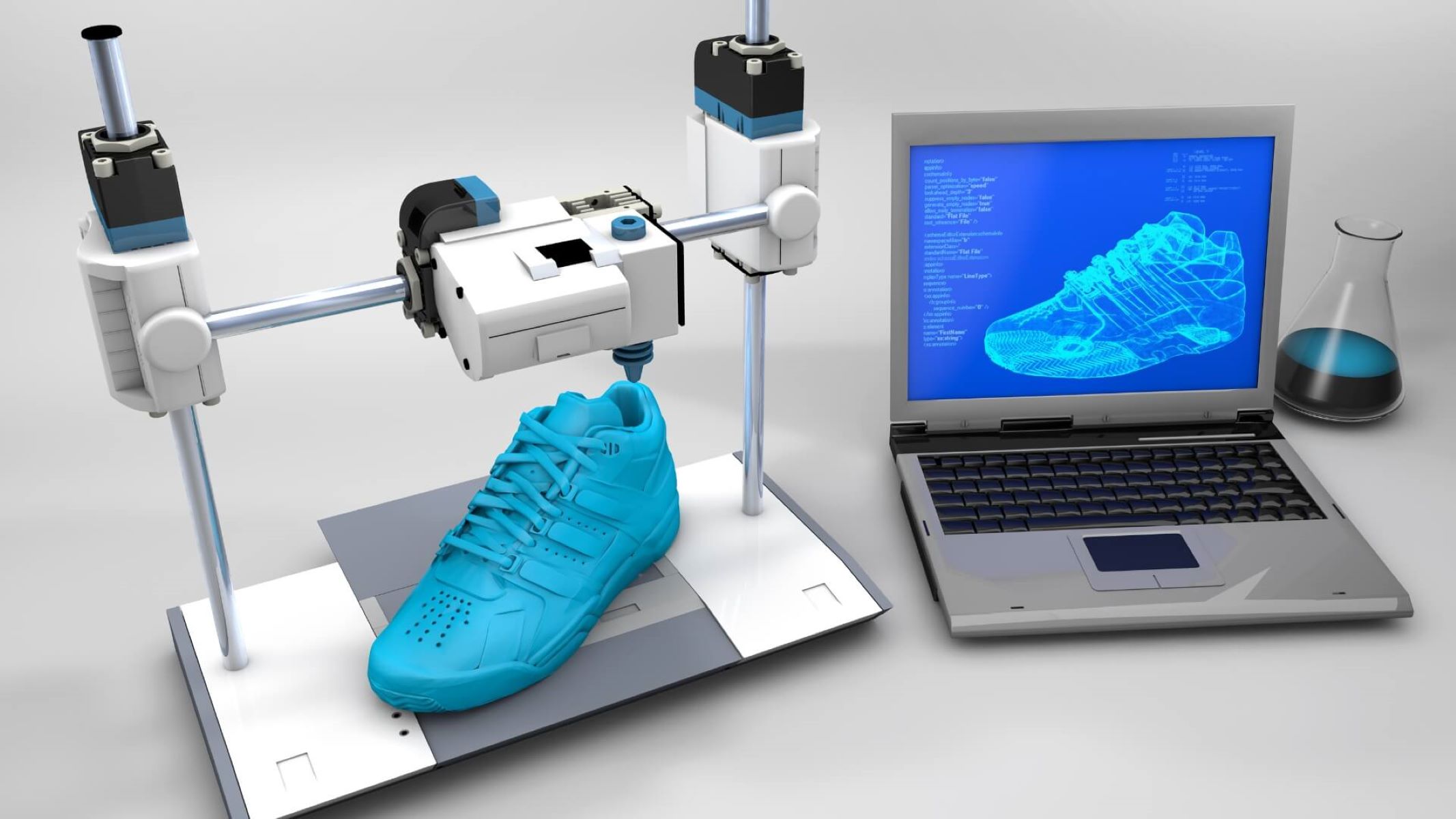
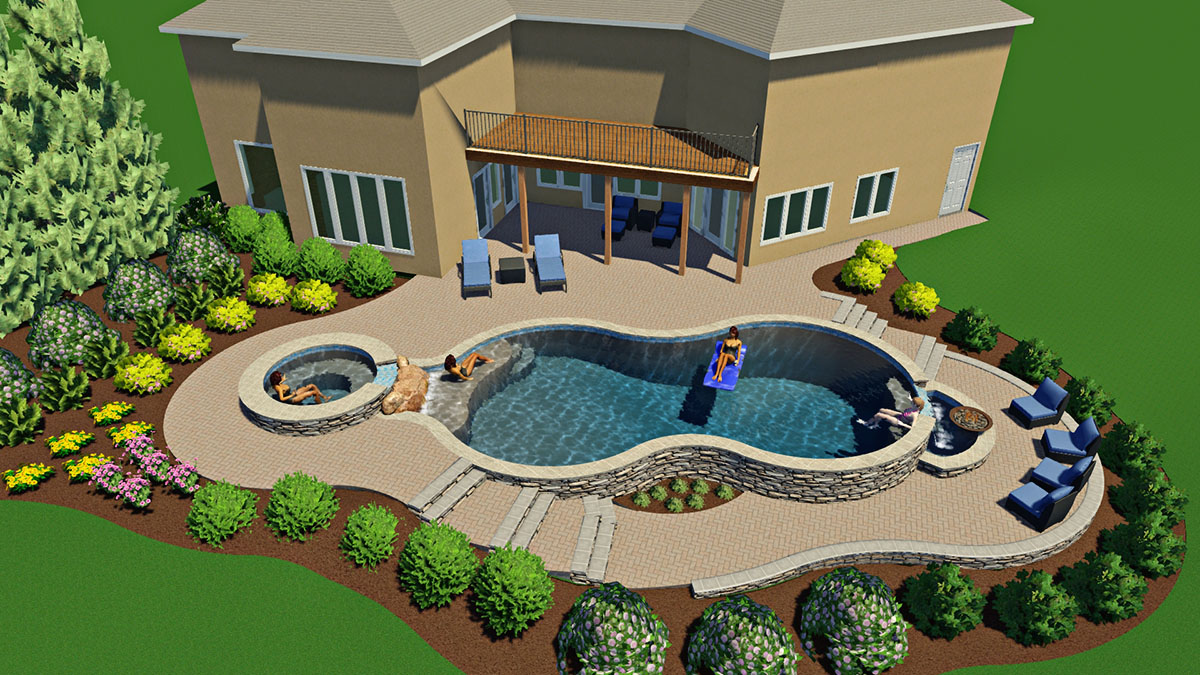
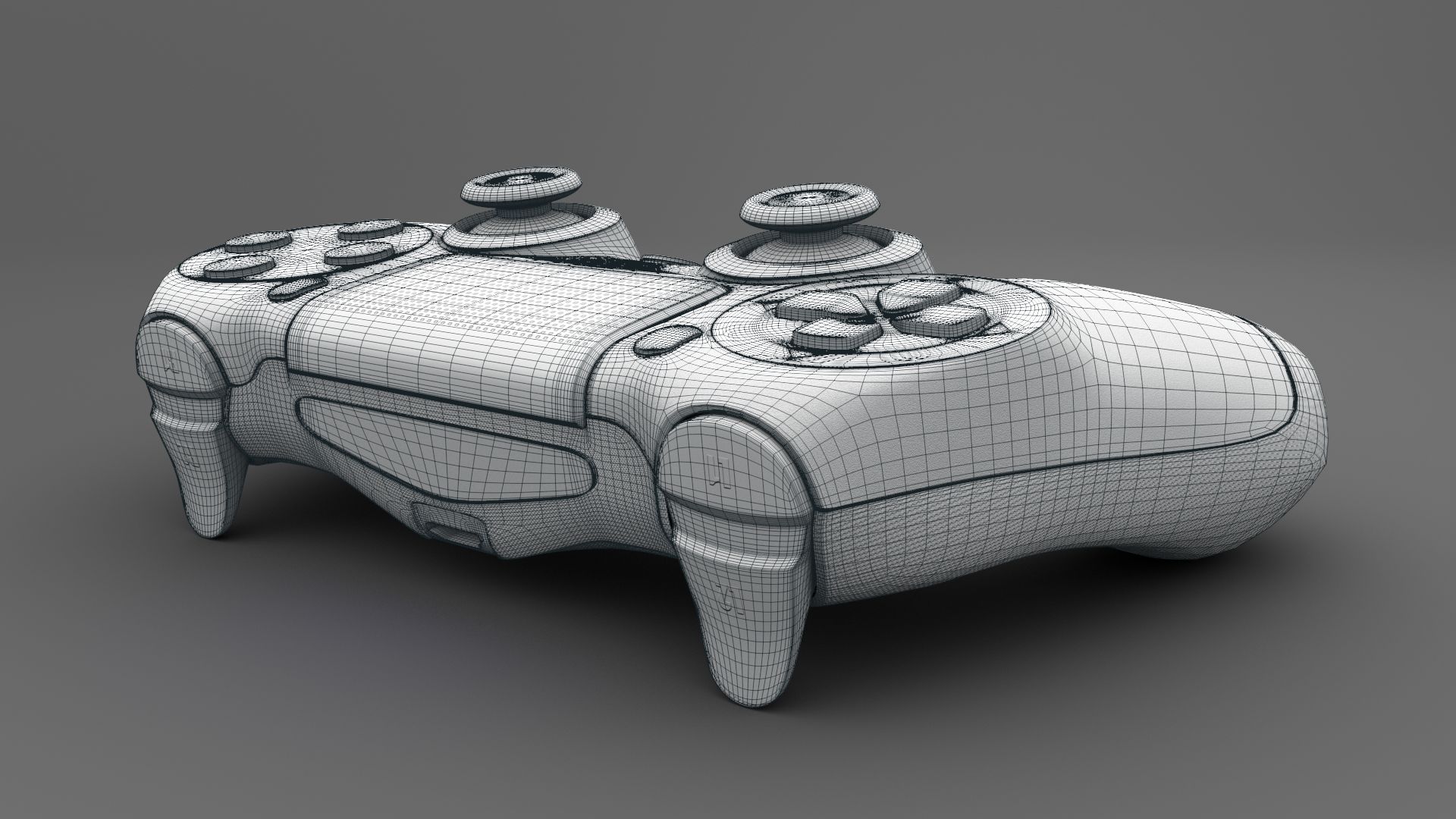

0 thoughts on “How To Make 3D Grass”